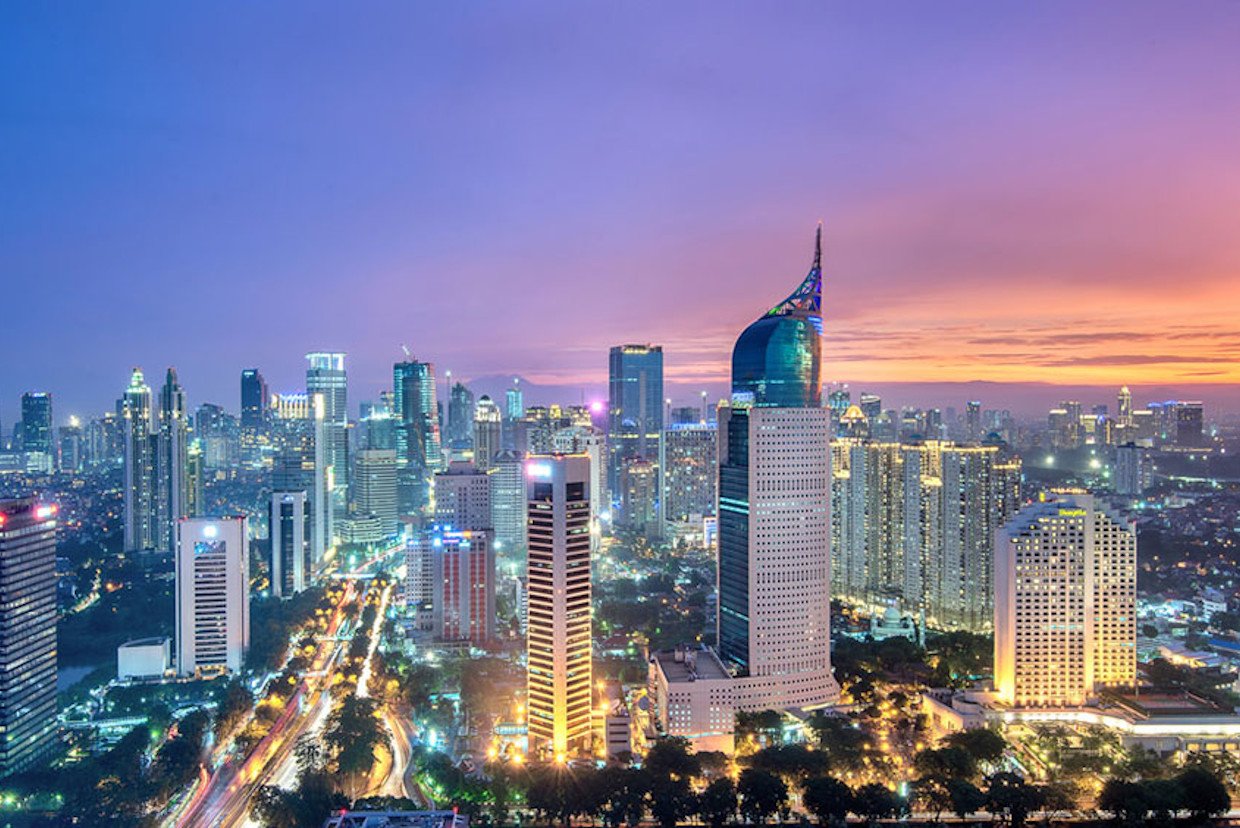BANDUNG, SEATIZENS – South East Asia or ASEAN has emerged as one of the world’s most dynamic economic regions, with member states demonstrating varying levels of development. This in-depth analysis examines the top performers based on eight key indicators: economic strength, infrastructure quality, human capital development, technological advancement, political stability, social welfare systems, global competitiveness, and environmental sustainability.
1. Singapore: The Global City-State

Primary Development Indicators:
- GDP per capita: US$88,000 (highest in ASEAN and 3rd globally)
- Human Development Index (HDI): 0.938 (12th worldwide)
- Global Innovation Index: Ranked 7th globally
Detailed Reasons for Advancement:
- Strategic Economic Positioning:
- Serves as Asia’s premier financial hub with over 200 banks
- Headquarters for 37% of ASEAN’s Fortune 500 companies
- Accounts for 40% of all ASEAN’s foreign direct investment
- World-Class Infrastructure:
- Changi Airport: Voted world’s best airport 12 times
- 90% of population lives within 400m of public transport
- 100% 5G nationwide coverage achieved in 2023
- Education & Human Capital:
- 30% of workforce holds postgraduate degrees
- Bilingual education policy creates globally competitive talent
- Top-ranked healthcare system with 2.4 doctors per 1,000 people
- Technological Leadership:
- Smart nation initiative since 2014
- Leader in fintech adoption (87% digital payment penetration)
- AI readiness index: 1st in Asia
2. Brunei Darussalam: The Welfare Sultanate

Primary Development Indicators:
- GDP per capita: US$37,000
- HDI: 0.829
- Energy consumption per capita: Highest in ASEAN
Detailed Reasons for Advancement:
- Hydrocarbon Economy:
- Oil and gas contribute 90% of government revenue
- One of world’s largest LNG exporters
- Sovereign wealth fund worth US$70 billion
- Comprehensive Social Welfare:
- Zero income tax policy
- Free healthcare and education through university level
- Subsidized housing and utilities
- Political Stability:
- Same ruling dynasty since 1368
- Lowest crime rate in ASEAN
- 100% electrification rate
3. Malaysia: The Balanced Performer

Primary Development Indicators:
- GDP per capita: US$13,000
- HDI: 0.810
- Manufacturing Contribution: 23% of GDP
Detailed Reasons for Advancement:
- Industrial Diversification:
- Global leader in semiconductor packaging (13% world share)
- 2nd largest palm oil producer
- Automotive hub (Perodua, Proton)
- Infrastructure Development:
- 98% 4G coverage nationwide
- Mass Rapid Transit system expansion
- 5 international airports
- Multicultural Advantage:
- Trilingual workforce (Malay, English, Chinese)
- Islamic finance hub (US$100 billion in assets)
- Medical tourism generates US$1.7 billion annually
4. Thailand: The Resilient Economy

Primary Development Indicators:
- GDP per capita: US$7,000
- HDI: 0.777
- Tourism Revenue: US$60 billion (2023)
Detailed Reasons for Advancement:
- Tourism Ecosystem:
- 35+ million annual visitors pre-pandemic
- 2nd most visited city globally (Bangkok)
- Advanced hospitality training infrastructure
- Agricultural Modernization:
- World’s #1 rubber exporter
- Rice innovation center of Asia
- 40% agricultural mechanization rate
- Geographic Advantage:
- Only ASEAN country never colonized
- Strategic location connecting ASEAN markets
- Deep seaports serving 18 million TEUs annually
5. Indonesia: The Emerging Giant

Primary Development Indicators:
- GDP per capita: US$5,000
- HDI: 0.705
- Digital Economy: US$77 billion valuation
Detailed Reasons for Advancement:
- Demographic Dividend:
- 70% population in working age
- 200 million internet users
- 3rd largest Facebook userbase
- Resource Leadership:
- World’s #1 nickel producer
- 2nd largest palm oil exporter
- 40% global geothermal capacity
- Infrastructure Boom:
- US$400 billion infrastructure plan
- Jakarta-Bandung high speed rail
- 20 new airports by 2025
Future Development Projections (2025-2030):
- Vietnam expected to join top 5 by 2028
- Philippines potentially overtaking Thailand in services sector
- Digital economy to triple across ASEAN
Read also : The Origins of “Indonesia”: Where Did the Name Come From?
Key Challenges:
- Singapore: Aging population
- Brunei: Economic diversification
- Malaysia: Brain drain
- Thailand: Political volatility
- Indonesia: Infrastructure gaps
This comprehensive analysis demonstrates how each country’s unique development path reflects their historical advantages, policy choices, and adaptation to global trends. The ASEAN development landscape continues evolving rapidly, with digital transformation and green economy initiatives reshaping traditional growth models.
(Firyal Trinidad)




